The foam roller is a foam roller used especially for physiotherapy, however, they are currently used in most gyms.
Holly Perkins, resistance and conditioning specialist and author of the book “Lift to Get Lean,” comments that foam rollers are an incredibly versatile piece of exercise, lightweight, easy to store and affordable, as most are priced in the range between € 8 and € 25; allowing anyone to buy one and use them at home.
But, before purchasing your foam roller, you must bear in mind that there are a variety of options according to its application and function, which you must take into account at the time of purchase.
Learn about the benefits of using the foam roller, 5 types of foam roller and what each of them is used for, so that you can choose the one that benefits you the most.
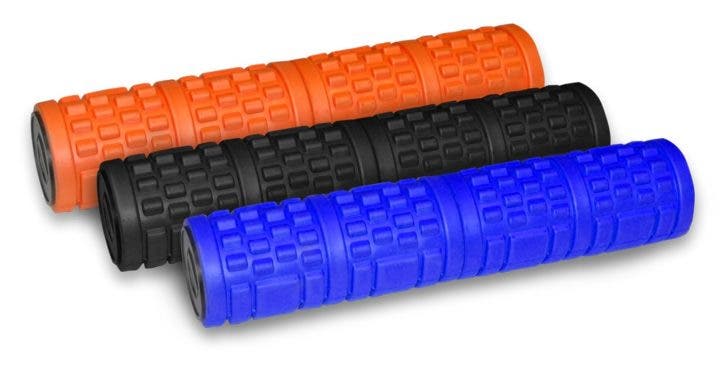
What are the benefits of the foam roller?
The proper use of foam rollers can help you:
- Improve blood circulation in the areas worked.
- Helps to correct mobility problems caused by shortening of muscles, ligaments and tendons.
- Improve your flexibility.
- Helps relax tight muscles.
- Reduces muscle pain.
- Helps reduce back pain.
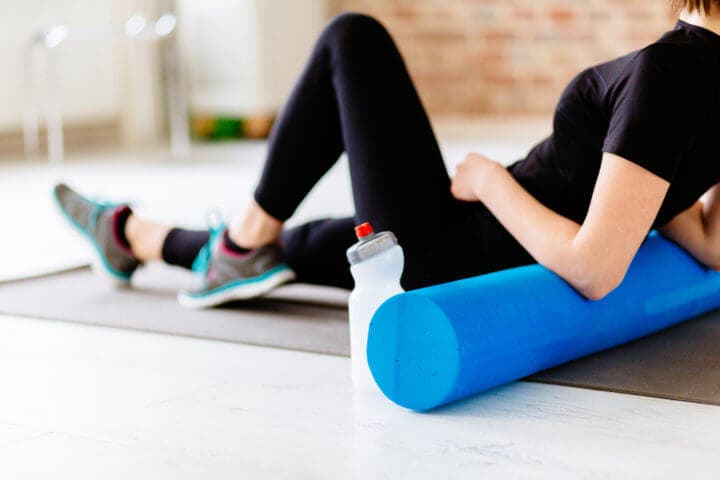
What types of foam roller are there?
1. Low density foam roller
According to Perkins, these low-density foam rollers are light and soft against the body. They are ideal to use after an intense workout, as it helps to relieve pain in your muscles .
These foam rollers were designed to work knots in the body, also called trigger points or myofascial adhesions. Like a deep massage, the use of the foam roller can be intense; however, you shouldn’t feel as much pain sensation when you use it. So if you’re in a lot of pain, go for a softer density roller.
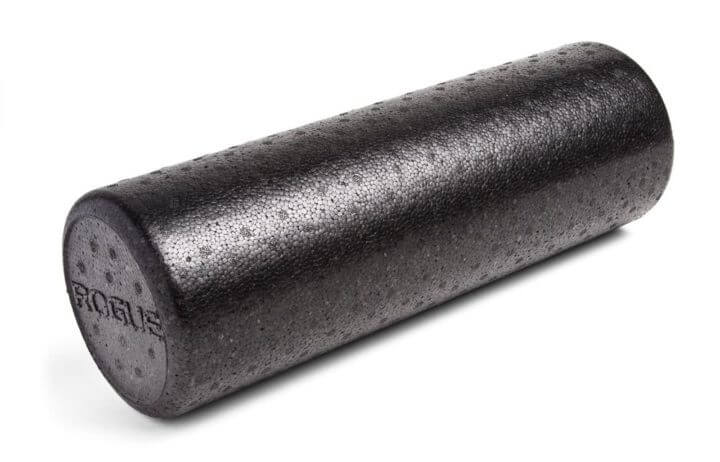
2. Firm foam roller
These foam rollers are the densest on the market. If you are looking for a more intense, deep and concentrated myofascial version, this is your best option.
According to Perkins this foam roller is ideal for athletes who need to recover quickly . Just remember that the firmer the roller, the more intense the rolling session will be. However, if you feel a lot of discomfort or if you feel your muscles tense a lot from the pain, opt for a low-density roller.
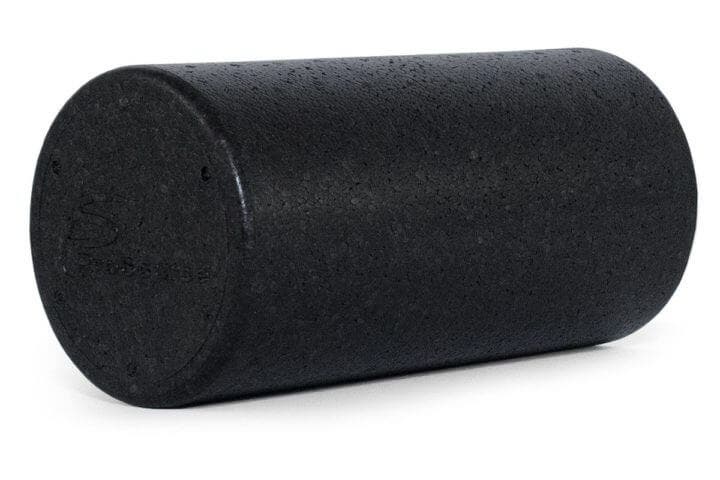
3. Short foam roller
These foam rollers come in firm and soft densities and are about half the length of an average roller. They are ideal for working a specific area of the body, for example, the quadriceps or the muscles under the armpit.
Short foam rollers are easier to maneuver. They are also more practical to take with you when you have a trip.
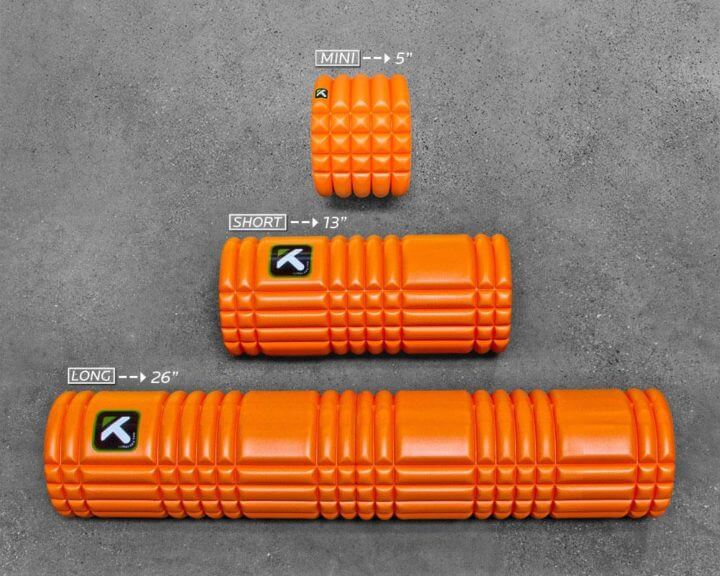
4. Textured foam roller
This type of foam roller is designed with bumps or wavy ridges embedded in the foam, especially to treat trigger points in the muscles, which helps to release muscle knots .
Perkins recommends that you use the “Rumble Roller”: “I love wearing these in the shoulder area as it tends to be a place of tension for many of us, especially those of us who work on the computer,” he says.
The textures with which it is designed help to focus the intensity in the areas that have multiple trigger points.

5. Medium density foam roller
Still not sure which type of foam roller is right for you? Perkins recommends that you choose medium density foam rollers, as they are good for all purposes: doing specific exercises or stretching. It can even reduce back pain.

Reference
- Rabbitt, M. 5 Different Types Of Foam Rollers — And When To Use Each One. For Bicycling [Revised December 2017]
